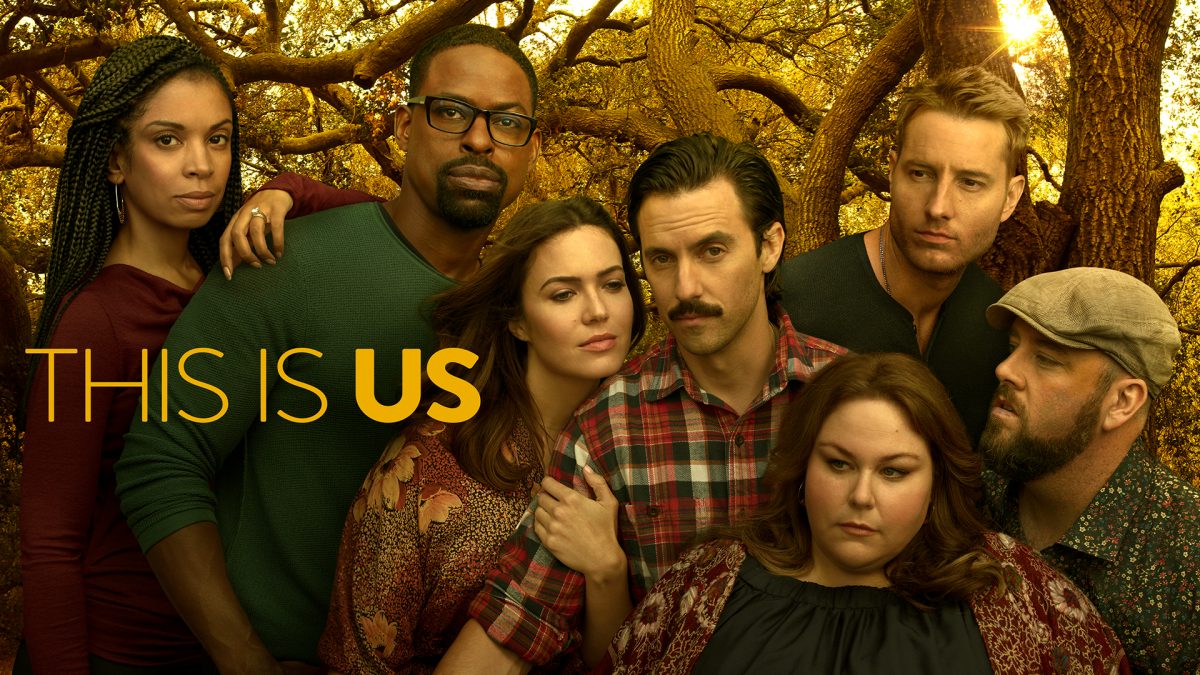This Is Us is a fictional television series that portrays the life of a middle class family in the United States. Its title evokes a misunderstanding that is itself a particular reflection on contemporary American family life. Far removed from past ideals of familial structure, the narrative focuses instead on flaws, secrets, bereavements, and conflict. If one identifies with this drama, it is because the show captures that which is familiar and intimate but simultaneously extremely strange or foreign to the subject.
Dan Fogelman tells the story through four storylines, using flashbacks to affect an ongoing après-coup over consecutive episodes. Thus the series requires a careful reading and deters any haste to understand its characters, leaving it to the audience to weave each plot. In “Joyce the Symptom I”, Lacan says, “We believe that we say what we want, but it is what was wanted by others, more specifically, our family that speaks us. And you should understand that ‘us’ as a direct object. We are spoken, and because of that, we make, from the contingencies that push us, something woven. In effect, there is such a thing as a weave—we call that our destiny.” (1)
The Pearson family is composed of Jack, Rebecca and their three children, Kevin, Kate and Randall. The protagonist, Jack, is a model father, former veteran and addict, attentive and affectionate. Rebecca is a caring though sometimes harmful mother, who puts her professional aspirations aside in order to focus on her family. The influence of Jack and Rebecca on their children is central.
Ariadne’s thread in This Is Us is a familiar one: ‘What part does one play in the Other’s desire?’, a question that centers not only on the triplets, but also their parents, and we see how each one constructs symptomatic responses. For Randall, it has to do with his adoption. His arrival is marked by the void left by the death of the third triplet at birth, and poses a question regarding his place within the family weave. As we know, family bonds lay beyond the biological, since for psychoanalysis paternity is not dependent on blood ties.
Regarding the sibling relations, rivalry is what bonds Kevin and Randall, as we witness the reciprocity of aggressiveness via rejection of each other’s enjoyment. Kevin commands attention, whereas Randall deflects it. Kate’s position is different; she shares a close connection and unique understanding with Kevin, but is less affectionate and more distant from Randall. The scopic drive is primary between the brothers, whereas the oral drive dominates Kate’s life.
We find in This Is Us the singular way that each of these characters navigates their path from the event of birth to the consent to being part of a family story. Invariably they confront questions about how they were spoken and about their unique place in a family. Ultimately, something in the inaugural misunderstanding in which we are born must be consented to in order to be woven into a family.
1. Lacan, J., The Sinthome. The Seminar of Jacques Lacan Book XXIII (1975-1976), ed. Jacques-Alain Miller, trans. A.R. Price, Cambridge, Polity, 2016.

